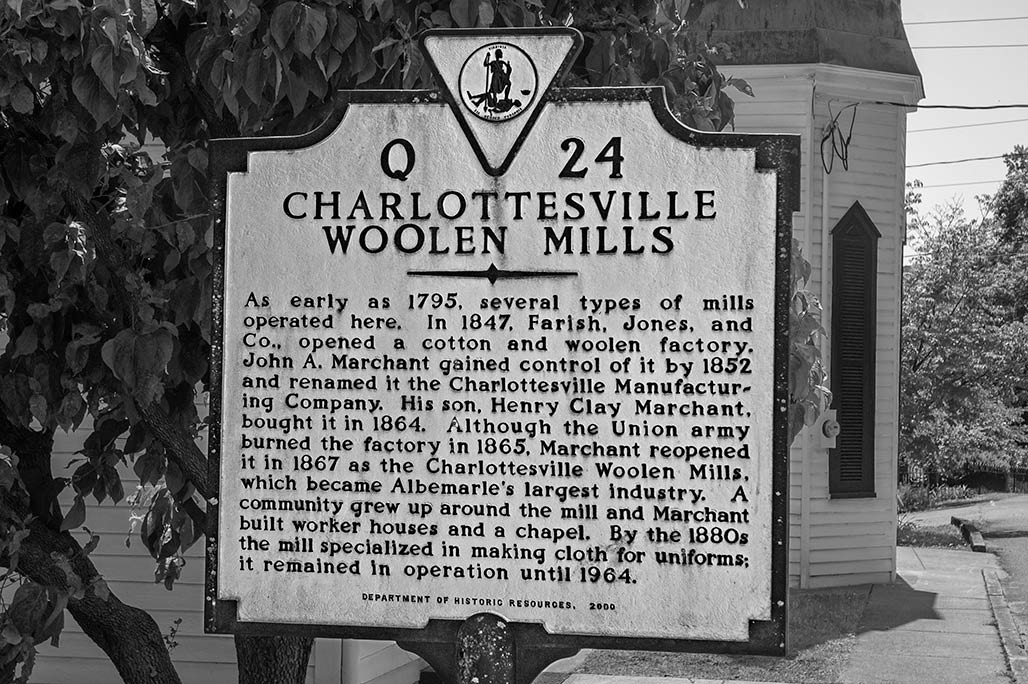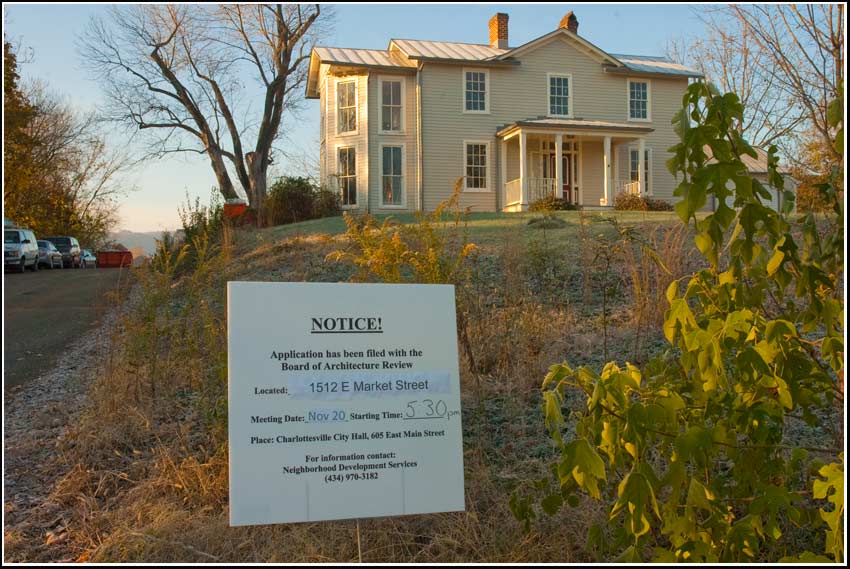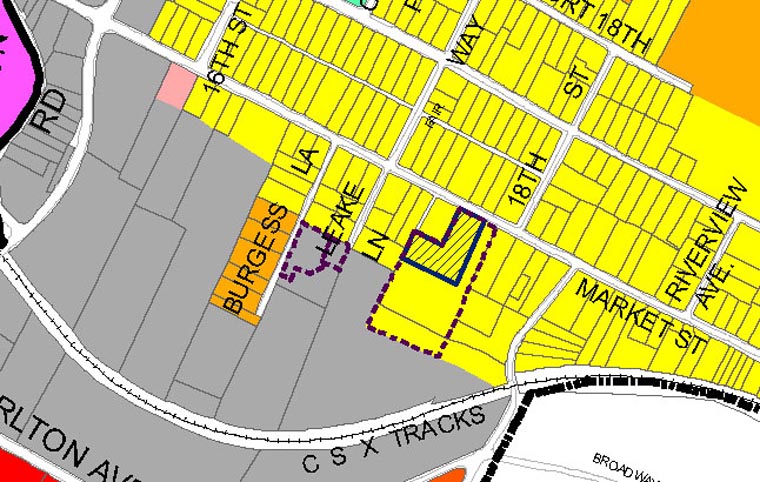
City Councilors are visiting the Woolen Mills October 3, 2013. The visit is part of an ongoing program “Our Town Charlottesville” where the Councilors go out and mix with the people, the governed, us. The meetings provide a moment when one can interact with the legislators on a more even footing than at a City Council meeting.
The time of the gathering is 6-8PM, the place, Woolen Mills Chapel, 1819 E Market Street. Food and childcare provided courtesy of your tax dollars. If you have questions you’d like to ask of your elected representatives, or feedback you’d like to provide for them, this is a good opportunity.
If you’d like to submit written questions in advance for the Councilors to ruminate I am compiling a list: billemory@gmail.com
or email the Councilors at council@charlottesville.org.
Category Archives: Zoning
The Place

Neighborhood of the Year is awarded to the Woolen Mills.
The reasons are many, but not the least of which is the Woolen Mills neighborhood’s continued active participation in City planning discussions in an effort to enhance their neighborhood’s assets and, therefore, create unique assets for the entire Charlottesville community.
Ms. Victoria Dunham, Woolen Mills Neighborhood Association president is here to accept the award.-Charlottesville Planning Commission Tuesday, February 12, 2013
Timberlake-Branham

Work is ongoing for the multi-family old folks development in the backyard/front pasture of James and Bannie Branham’s house at 1512 E Market.
Environmental Justice
You don’t see the words “environmental justice” in the City minutes. I wonder why?
LUP

For decades, Woolen Mills neighbors have asked for the reversal of the split parcel industrial zoning overlaid on our residential backyards by the same City Council that authorized the removal of the Vinegar Hill neighborhood.
Having contiguous Residential and Industrial zoning with no buffer is an outrage. Preventing this very mix of development was the impetus for the adoption of zoning ordinances by municipalities in the early 20th century. Look at the zoning matrix, see the type of development allowed by right in the Manufacturing-Industrial zones. Brutal massing of structures and parking is allowed. Frenetic programming is permitted on M-I zoned land 24/7. Truck plazas and trash transfer stations are not compatible with a residential neighborhood.
By right one could construct an 85 foot tall parking garage with a party deck on the top floor and a drive through fast food retaurant at the ground level. Complete with big signs.
R1-S districts are meant to provide quiet, low density areas for people to grow up, to raise families, to flourish and to grow old.
Why has Council allowed this bad zoning practice to persist for 54 years? As Mr. Tolbert pointed out at your land-use plan work session in 2006:
(this is) a very hard line between industrial and residential. Not something that is typical in a land use plan or in a zoning ordinance.
We do not seek to evict our manufacturing neighbors. We have sought to change the land-use plan so, as the City continues to evolve, we will have a course plotted to leave this urban planning error in the past.
Our historic neighborhood has been stable for a long time. Our housing runs the gamut from public housing and affordable senior multi-family to detached, single family homes. But the Woolen Mills neighborhood cannot be the sacrificial anode, the Wild Zone as the City of Charlottesville experiments with yet another corridor or a code. Our people deserve peace and quiet. We are not asking for the almost exclusionary zoning of the Greenbrier or Barracks-Rugby neighborhoods, but we are asking for good zoning practice, quiet neighborhood streets, smell reduction, historic preservation and better communication with the City.
When I see projects proposed in Charlottesville which feature Brooklyn-like density of 37,000 people per square mile I am reminded of Jane Jacobs statement:
“But I hope no reader will try to transfer my observations into guides as to what goes on in towns or little cities or in suburbs which are still suburban. Towns, suburbs and little cities are totally different organisms from great cities. We are in enough trouble already from trying to understand big cities in terms of the behavior and the imagined behavior of towns. To try and understand towns in terms of big cities will only compound confusion.”
—The Death and Life of Great American Cities-Jane Jacobs
